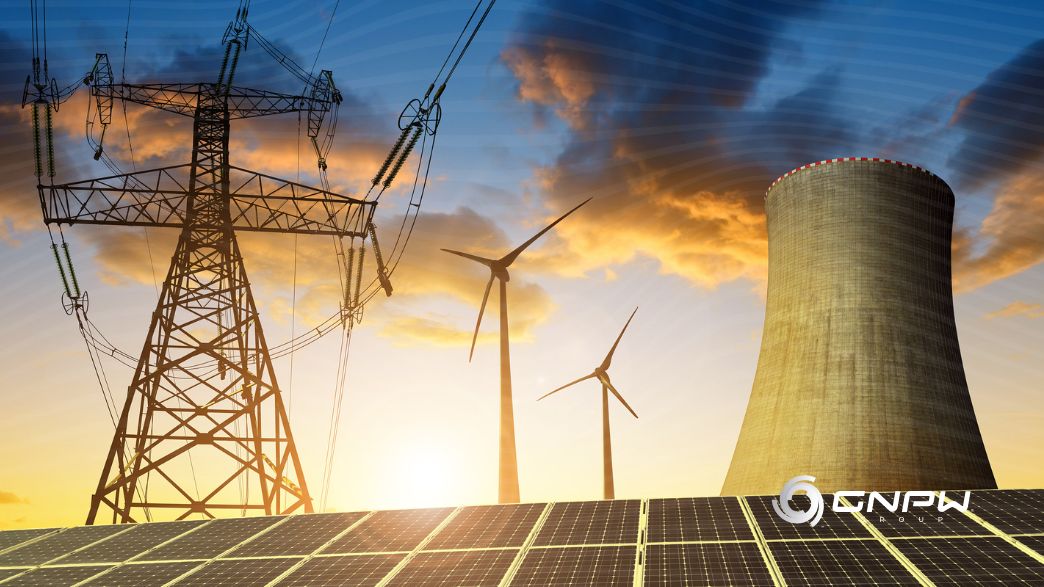The energy transition will require investments in infrastructure. How to plan investments for energy transition despite uncertainties?
The transformation currently experienced makes governments, society and companies adapt and change their way of consuming and producing to maintain the climate and environment. With this scenario, it is essential that companies in the energy sector also carry out investment planning for the energy transition.
The energy transition is the process that has taken place globally with the aim of changing the sources of energy used, from sources that generate large emissions of greenhouse gases (GHGs) to renewable and sustainable options. For this, there is an adaptation and greater investment in wind, solar and bioenergy sources. In addition, mainly in Brazil, there is an expansion of distributed generation and an attempt to electrify the transport sector and industries in general.
The overview of the energy transition
For an effective energy transition for countries, it is necessary to align economy, efficiency and sustainability. However, the task is not so simple. According to the International Energy Agency (IEA), electrical networks around the world, which took more than 130 years to build, will have to double in length by 2040 to accommodate the electrification of the energy matrix, which will be key to achieving the goal of to zero net carbon emissions.
In financial terms, this will require more than tripling current investments in the expansion and modernization of the electricity grid by 2030 and maintaining this level until 2050. For these goals to be met, planning is essential.
The electricity sector and other large industries are already struggling to allocate capital and resources in the long term. With the need to associate internal and strategic objectives with global goals, decisions need to be programmed and analyzed in detail. The energy transition has also brought ESG to the objectives of companies, being a preponderant factor for the choices of where and how to invest.
How to plan investments for the energy transition?
In the last two years, the energy and electricity sector has suffered from economic and climatic instabilities. Therefore, creating an investment plan helps to mitigate risks and generate insights for decision making. Check out how to plan for the energy transition.
- Align projects and prioritize investment programs with the company’s strategic objectives that are most cost-effective;
- Analyze and quantify all financial, operational, risk mitigation and strategic benefits of investments for each option;
- Apply optimization based on Artificial Intelligence (AI) to find the ideal combination of projects, technical alternatives and execution time that maximizes the expected results, respecting the budget, goals and other applicable restrictions;
- Get a global view of the impact of investment portfolios on the company’s strategic indicators and objectives in different scenarios, with agility, and automatically optimize the investment plan whenever necessary.
Brazil is still undergoing a context of recovery from the effects caused by the pandemic and this is a good time to establish new investment guidelines, focusing on the energy transition together with the potential recovery. Therefore, with investment planning, it is possible to allocate resources to the best options, reducing costs and maximizing results.
To learn more about it, read about the importance of the energy transition in the security of the energy sector.

Comment